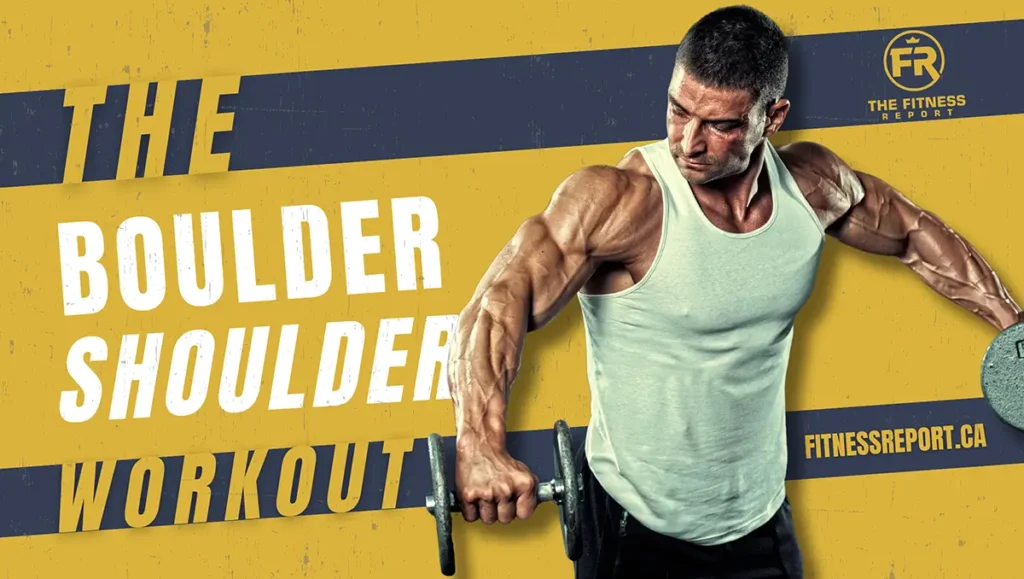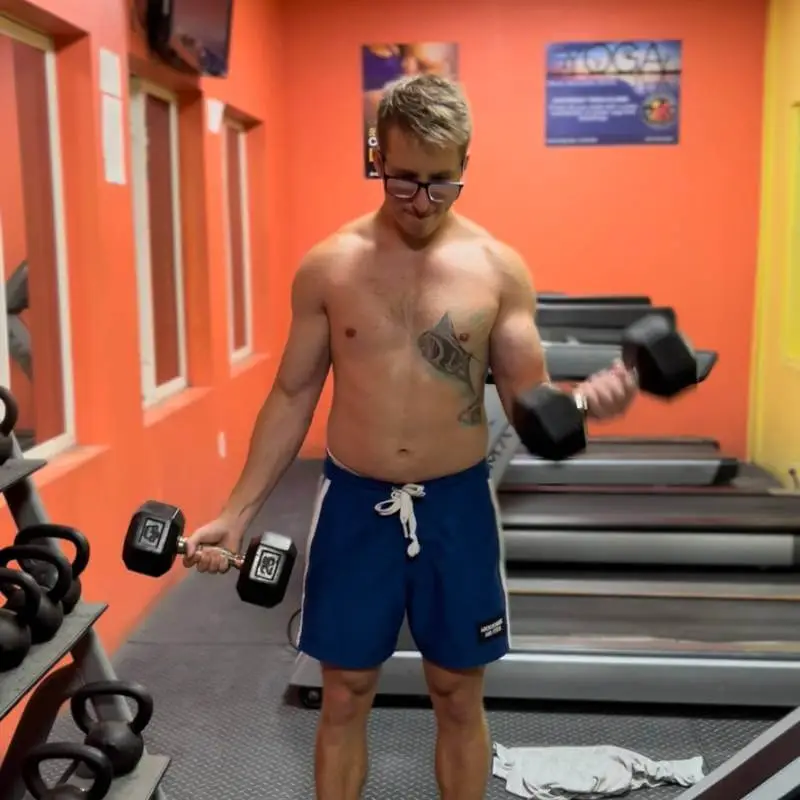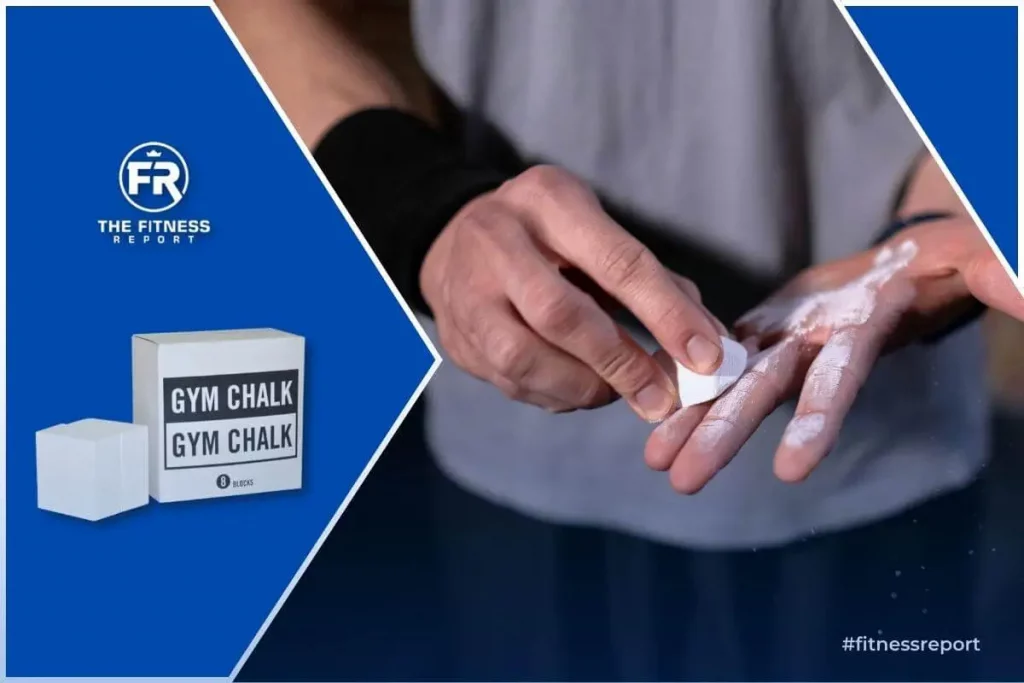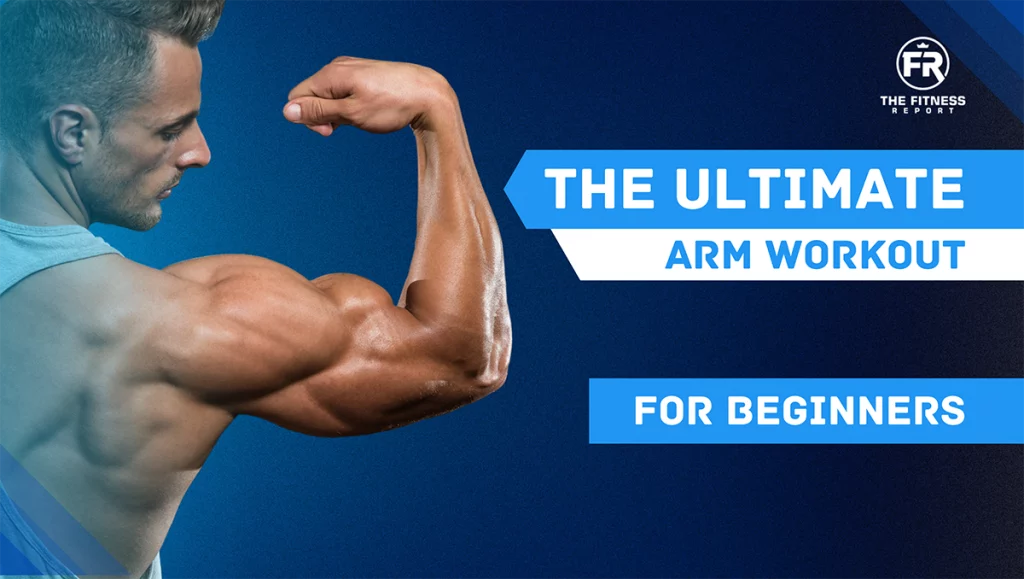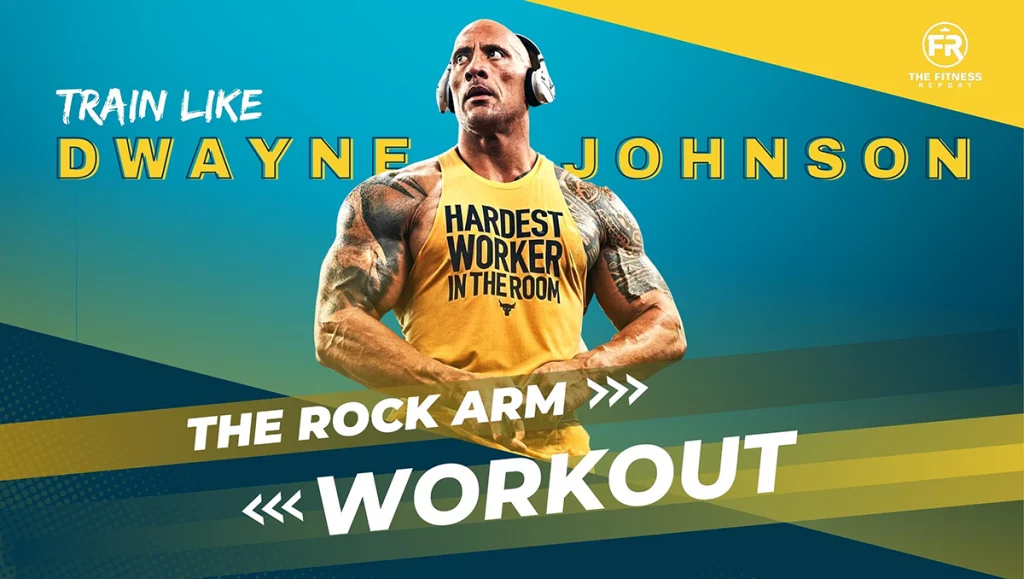The Boulder Shoulder Workout
Achieving boulder shoulders is not just about enhancing your physique; it’s about building strength and stability that benefits your upper body. Specialized exercises designed to target the shoulder muscles from multiple angles ensure comprehensive development and balance.
Whether you want to improve your physical appearance or enhance functional strength, our carefully selected workouts will support you on your journey to powerful, well-defined shoulders!
Anatomy Of The Shoulder

The shoulder muscles, essential for achieving the coveted V-taper physique, are primarily composed of three parts known as the deltoids:
- Anterior Deltoid: Positioned at the front, this muscle is crucial for lifting the arm upwards and is heavily engaged in pressing movements, like chest presses and front raises. It’s known for its role in shoulder flexion and moving the arm across the body’s midline.
- Lateral Deltoid: This muscle adds width to the upper body, making it highly significant for those focused on bodybuilding aesthetics. It’s primarily responsible for abducting the arm, which means lifting it to the side and away from the body. This muscle can be trained through lateral raises.
- Posterior Deltoid: Located at the back, this muscle is vital for the structural stability of the shoulder joint. It allows the arm to move backward from the front and is crucial in exercises like reverse flies. Although often underdeveloped, strengthening this muscle is essential for a balanced shoulder and preventing joint issues.
Shoulder Exercise Warmups
Properly warming your shoulders before engaging in intense physical activity is crucial to enhance performance and prevent injuries. A comprehensive shoulder warm-up should target all the relevant muscles, particularly the rotator cuff muscles, which are fundamental to shoulder stability. Here’s a brief guide on some great shoulder warm-up exercises:
- Light Dumbbell Exercises: Start with lightweight dumbbells (5 to 10 lbs). Perform front raises, side raises, and Y raises to engage different parts of the shoulder. Typically, doing three sets of 15 to 20 repetitions for each exercise helps adequately prepare the muscles for a workout.
- Resistance Band Circuit: Incorporate a mini-circuit using a light resistance band. Include movements like band front raises, internal and external rotations, and straight arm pullbacks. Aim for three sets of 10 repetitions for each movement in the circuit.
- Dynamic Stretches: Engage in dynamic stretches that warm up the joints and increase heart rate. These might include lunges with spinal rotation and standing hip swings. These exercises help enhance the range of motion and prepare the shoulders for various movements.
Boulder Shoulder Exercises & Workout
Developing boulder shoulders requires a comprehensive approach that targets all three heads of the deltoids: the anterior (front), lateral (side), and posterior (rear) muscles. This diverse set of exercises ensures balanced growth, stability, and strength across the entire shoulder complex.
Below is a detailed breakdown of each exercise, including their benefits, how to perform them, and recommended rep ranges:
Standing Barbell Push Press
This compound exercise builds overall shoulder mass and power. By incorporating leg drive, the push press allows you to lift heavier weights than a standard overhead press. It engages the shoulders, triceps, core, and legs.
- Position: Stand with feet shoulder-width apart, holding the barbell at shoulder level with an overhand grip.
- Movement: Bend your knees slightly, then explosively extend your legs while pressing the barbell overhead.
- Finish: Lock your arms at the top and lower the barbell back to shoulder level under control.
- Volume: Perform three to four sets of 5 to 8 reps, focusing on explosive power during the press and controlled lowering of the barbell.
Dumbbell Front Raises
This isolation movement explicitly targets the anterior deltoids, helping to create a fuller, more rounded shoulder appearance. It’s especially beneficial for improving shoulder stability and endurance.
- Position: Stand with your feet shoulder-width apart, holding dumbbells in front of your thighs with palms facing your body.
- Movement: Raise the dumbbells straight in front of you to shoulder height, keeping your arms slightly bent.
- Finish: Pause at the top, then slowly lower the weights back to the starting position.
- Volume: Aim for three to four sets of 10 to 15 reps, using a weight that allows you to maintain strict form without swinging.
Upright Rows
This exercise targets the deltoids and trapezius muscles, effectively building upper shoulder and neck strength. To avoid shoulder impingement, keep the bar close to your body and avoid lifting it higher than the upper part of your chest.
- Position: Stand with your feet hip-width apart, holding a barbell with an overhand grip slightly narrower than shoulder width.
- Movement: Lift the barbell straight towards your chin, leading with your elbows.
- Finish: Pause when the bar is below chin level, then slowly lower it.
- Volume: Perform three sets of 8 to 12 reps, focusing on a smooth, controlled motion.
Lateral Raises
Lateral raises are vital for developing the side deltoids. These muscles are crucial for shoulder width and creating the V-taper look. Raises also isolate the side delts, ensuring balanced shoulder development.
- Position: Stand with your feet hip-width apart, dumbbells at your sides, palms facing in.
- Movement: Lift the dumbbells out to the sides until your arms parallel the floor and your elbows are slightly bent.
- Finish: Pause at the top before slowly lowering the weights to the starting position.
- Volume: Perform three to four sets of 12 to 15 reps, keeping the motion slow and controlled to engage the deltoid muscles fully.
Arnold Press
Named after Arnold Schwarzenegger, this dumbbell press variation targets all three deltoid heads. The rotational movement also engages the rotator cuff muscles, enhancing shoulder stability and strength.
- Position: Sit on a bench with back support, holding dumbbells in front of you at chest level with palms facing your body.
- Movement: Rotate your wrists as you press the dumbbells overhead until your arms are extended.
- Finish: Reverse the motion, rotating your wrists back to the starting position as you lower the dumbbells.
- Volume: Perform three to four sets of 8 to 12 reps, focusing on the rotational movement to activate the deltoids fully.
Cable Rear Delt Flys
This exercise explicitly targets the posterior deltoids, which are often underdeveloped. Strengthening the rear delts is essential for shoulder balance and preventing injuries.
- Position: Set the pulleys on a dual cable machine to chest height. Stand in the middle with your back to the machine, grasping the handles with crossed arms.
- Movement: With slight bending at the elbows, pull the handles out to your sides, squeezing your shoulder blades together.
- Finish: Slowly return to the starting position, controlling the weight throughout the movement.
- Volume: Perform three to four sets of 12 to 15 reps. Ensure a controlled motion to isolate the rear delts effectively.
Seated Dumbbell Shoulder Press
A staple in shoulder workouts, this exercise emphasizes the anterior and lateral deltoids. The seated position removes momentum, making it a more challenging and effective movement for shoulder hypertrophy.
- Position: Sit on a bench with back support, with dumbbells held at shoulder height and palms facing forward.
- Movement: Press the dumbbells upward until your arms are fully extended.
- Finish: Lower the dumbbells back to shoulder height in a controlled manner.
- Volume: Perform three to four sets of 8 to 12 reps, focusing on a full range of motion to maximize muscle activation.
Dumbbell Shoulder Shrugs
Targeting the trapezius muscles, shrugs are crucial for building a thick, powerful neck and upper shoulder region. They also indirectly support shoulder stability.
- Position: Stand with your feet shoulder-width apart, dumbbells at your sides, palms facing your body.
- Movement: Elevate your shoulders as high as possible, as if trying to touch your ears.
- Finish: Hold the top position momentarily, then lower your shoulders.
- Volume: Perform three to four sets of 10 to 15 reps using a heavy weight. Focus on squeezing the traps at the top of the movement.
Rear Delt Machine
This exercise isolates the posterior deltoids, helping correct imbalances and improve posture. It’s handy for beginners who may struggle with form on free-weight exercises.
- Position: Adjust the machine seat so the handles align with your shoulders. Sit facing the machine, grasping the handles.
- Movement: Pull the handles back until your elbows are behind you and your shoulder blades are squeezed together.
- Finish: Return to the starting position slowly, maintaining control throughout the movement.
- Volume: Perform three to four sets of 12 to 15 reps, using a weight that allows you to feel the contraction in the rear delts without overuse.
Single Arm Dumbbell Press
This unilateral exercise ensures balanced shoulder strength and development by allowing each arm to work independently. It also engages the core to maintain stability, making it excellent for functional strength.
- Position: Stand or sit with your feet planted firmly, holding a dumbbell in one hand at shoulder height.
- Movement: Press the dumbbell straight up until your arm is fully extended.
- Finish: Lower the dumbbell back to the starting position with control.
- Volume: Perform three sets of 8 to 10 reps per arm, focusing on a steady, controlled press.
Shoulder Exercise Alternatives

For those unable to perform shoulder exercises with dumbbells or barbells, various machines offer effective alternatives. These provide similar structured support and resistance, targeting the shoulder muscles comprehensively. Let’s look at some solid ones below:
Standing Cable Shoulder Press
This exercise utilizes the cable machine to engage the shoulder muscles thoroughly. It’s excellent for enhancing strength, balance, and muscular endurance.
- Stand with your feet shoulder-width apart, grab the handles with an overhand grip, and press overhead. Keep your core engaged throughout the movement.
- Aim for three sets of 10 to 12 reps. This range is ideal for building both strength and muscular endurance. Ensure each rep is performed with control and precision to maximize engagement of the shoulder muscles.
Seated Machine Lateral Raise
This machine helps isolate the lateral deltoids, which is crucial for achieving shoulder definition.
- Adjust the machine to align with your shoulder joint, sit upright, and lift your arms to the sides. This controlled movement is ideal for targeting the muscle effectively without risking form.
- Perform three sets of 12 to 15 reps. This higher rep range effectively isolates and sculpts the lateral deltoids, enhancing muscle tone and definition.
Seated Rear Delt Fly Machine
Focusing on the posterior deltoids, this machine helps balance the development of the shoulder muscles, enhancing overall upper body strength and improving posture.
- Sit facing the machine, grab the handles, and perform the fly motion to engage the rear deltoids.
- Target four sets of 10 to 12 reps. This exercise is crucial for balancing the development of the posterior deltoids with the rest of the shoulder complex.
Seated Machine Shoulder Press
Another staple for shoulder workouts, this machine assists in developing the deltoid muscles safely and effectively.
- Adjust the seat so the handles are at shoulder level and press upward smoothly. Return under control while maintaining tension in the deltoids.
- Execute three sets of 10 to 12 reps. This rep range helps build overall shoulder strength and mass, ensuring comprehensive development of the deltoid muscles.
Standing Smith Machine Upright Row
This exercise is performed on the Smith machine and is beneficial for targeting the trapezius and deltoids.
- Stand with feet shoulder-width apart and grip the bar with hands narrower than shoulder-width. Pull the bar close to your body, leading with your elbows.
- Opt for three sets of 10 reps. Focusing on fewer reps with controlled movements helps target muscles effectively, reducing the risk of injury and ensuring proper form.
The Fitness Report Boulder Shoulder Workout
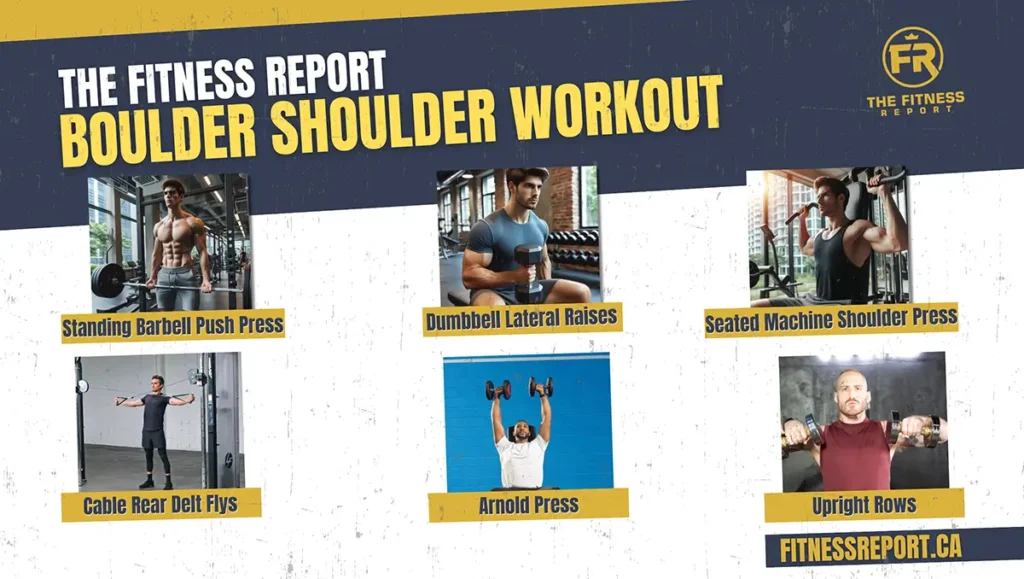
Building impressive shoulder muscles enhances the aesthetics of your upper body. It also supports strength and functionality in activities involving your arms and chest. If you have been wondering how to get boulder shoulders through a single regime, the workout below is ideal for you:
Standing Barbell Push Press
Four sets of 6 to 8 reps
This compound movement engages the entire shoulder girdle and triceps, making it a robust exercise for developing upper body strength.
Dumbbell Lateral Raises
Three sets of 12 to 15 reps
Focus on isolating the lateral deltoids, which are crucial for adding width to the shoulders. Perform this with controlled movements to maximize deltoid engagement.
Seated Machine Shoulder Press
Three sets of 10 to 12 reps
A shoulder press machine ensures proper form and targeted pressure on the deltoids. It’s excellent for beginners and seasoned lifters looking to hone their form and technique.
Cable Rear Delt Flys
Three sets of 12 to 15 reps
Emphasizes the posterior deltoids. This exercise helps balance out the front-heavy exercises that dominate most routines, promoting better posture and shoulder stability.
Arnold Press
Three sets of 8 to 10 reps
This exercise combines a press with a rotation, engaging all parts of the deltoid muscle complex throughout the range of motion.
Upright Rows
Three sets of 10 reps
Perform with a barbell or a Smith machine. This exercise targets the shoulders and the upper back, helping sculpt the trapezius muscles and the deltoids.
Shoulder workouts pair well with chest or arm exercises, allowing for an entire upper-body workout that maximizes muscle growth and endurance. Remember to incorporate adequate rest and recovery, and consult a fitness professional to ensure proper form and technique for the best results.
Conclusion
Shoulder workouts are a powerful addition to any upper-body training regimen. Whether you’re looking to bulk up, enhance muscle definition, or maintain a healthy and balanced physique, focusing on the shoulders can support various physical activities. Ensure you balance intense workouts with adequate rest and recovery to optimize your results and prevent injuries.
Other Fitness Articles You May Like:
The Ultimate Arm Workout For Beginners
Dumbbell Leg Workout: Build Stronger & Thicker Legs
BioSteel Guide: Canada’s Home Grown Hydration Brand 🍁

